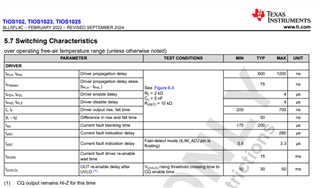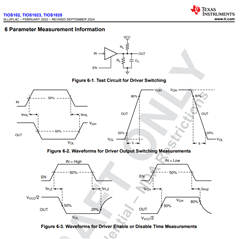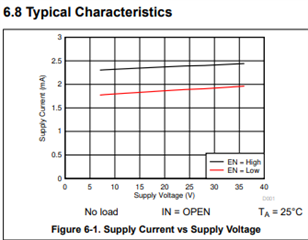Tool/software:
Hi team,
My customer plan to use TIOS102 (without LDO). I want to know if the IVCC below refers to the current consumption of 24V? Is it because of the internal LDO that causes the maximum static current of about 2.95mA?
What is the power supply current of the logic level input?

Thanks
Lillian





